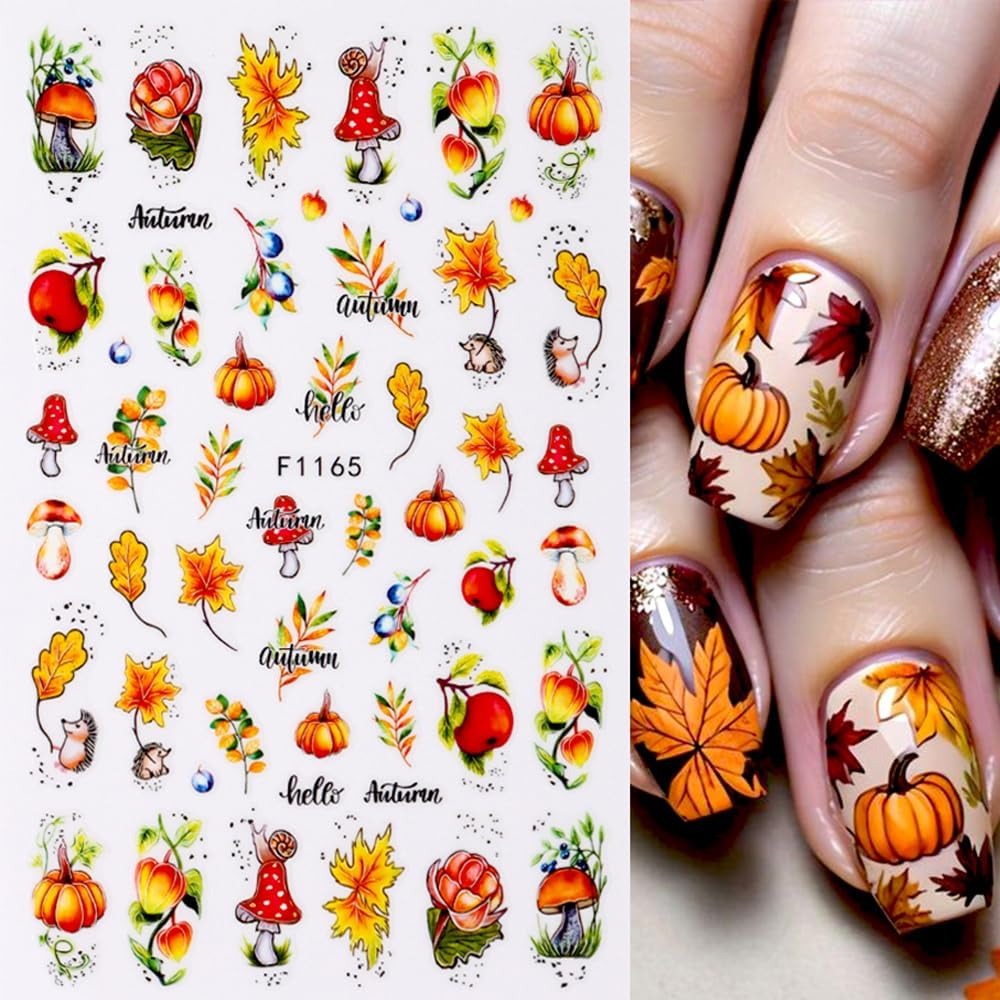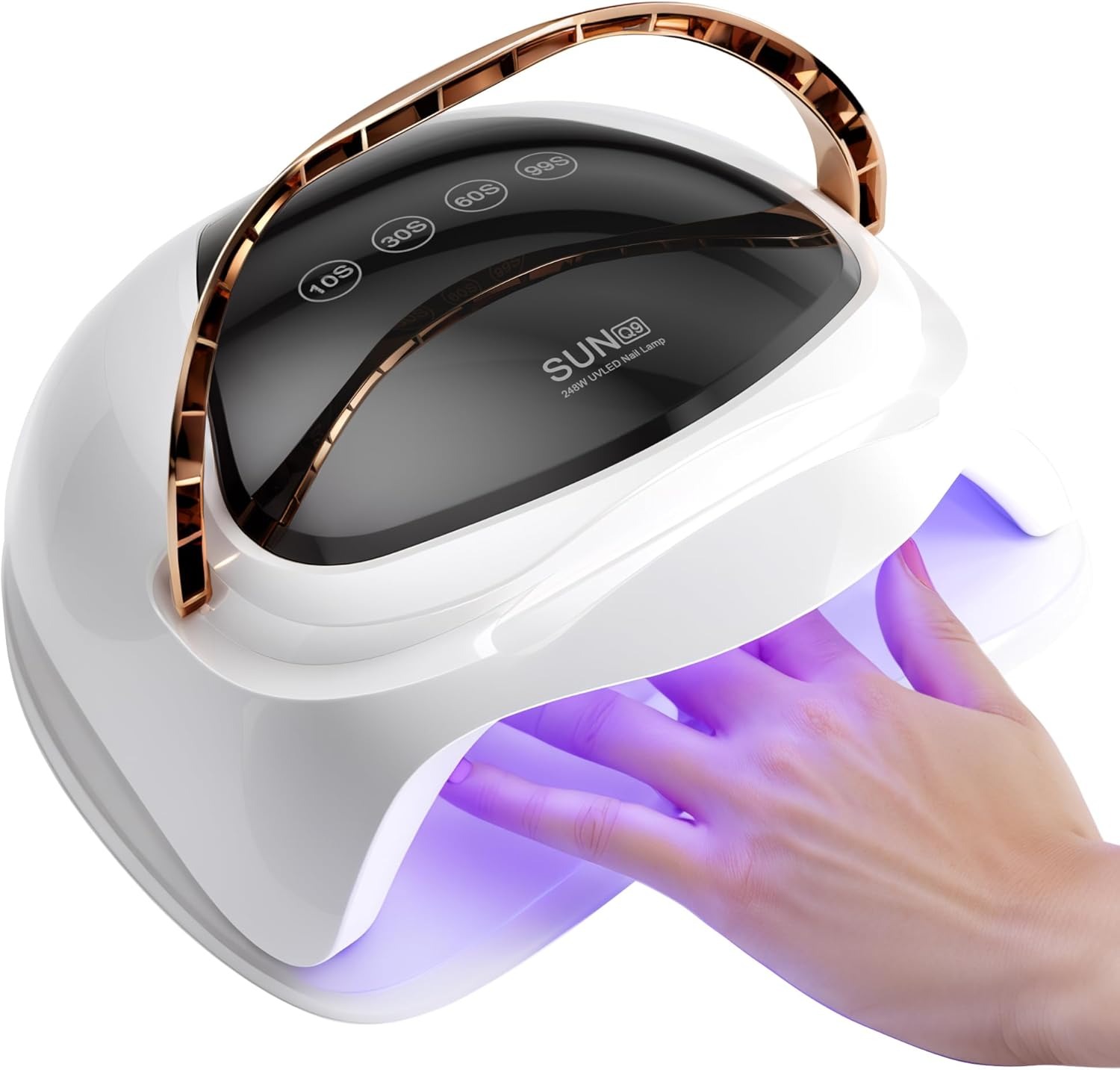Removing nail glue can be a tricky and delicate process, whether you’ve accidentally glued your nails incorrectly or simply need to switch up your manicure style. Understanding how to get nail glue off properly is essential to maintaining the health and integrity of your natural nails. In this comprehensive guide, we will walk you through various methods and tips to safely remove nail glue without causing damage. From household remedies to specialized products, you’ll find all the information you need to tackle this common beauty dilemma.
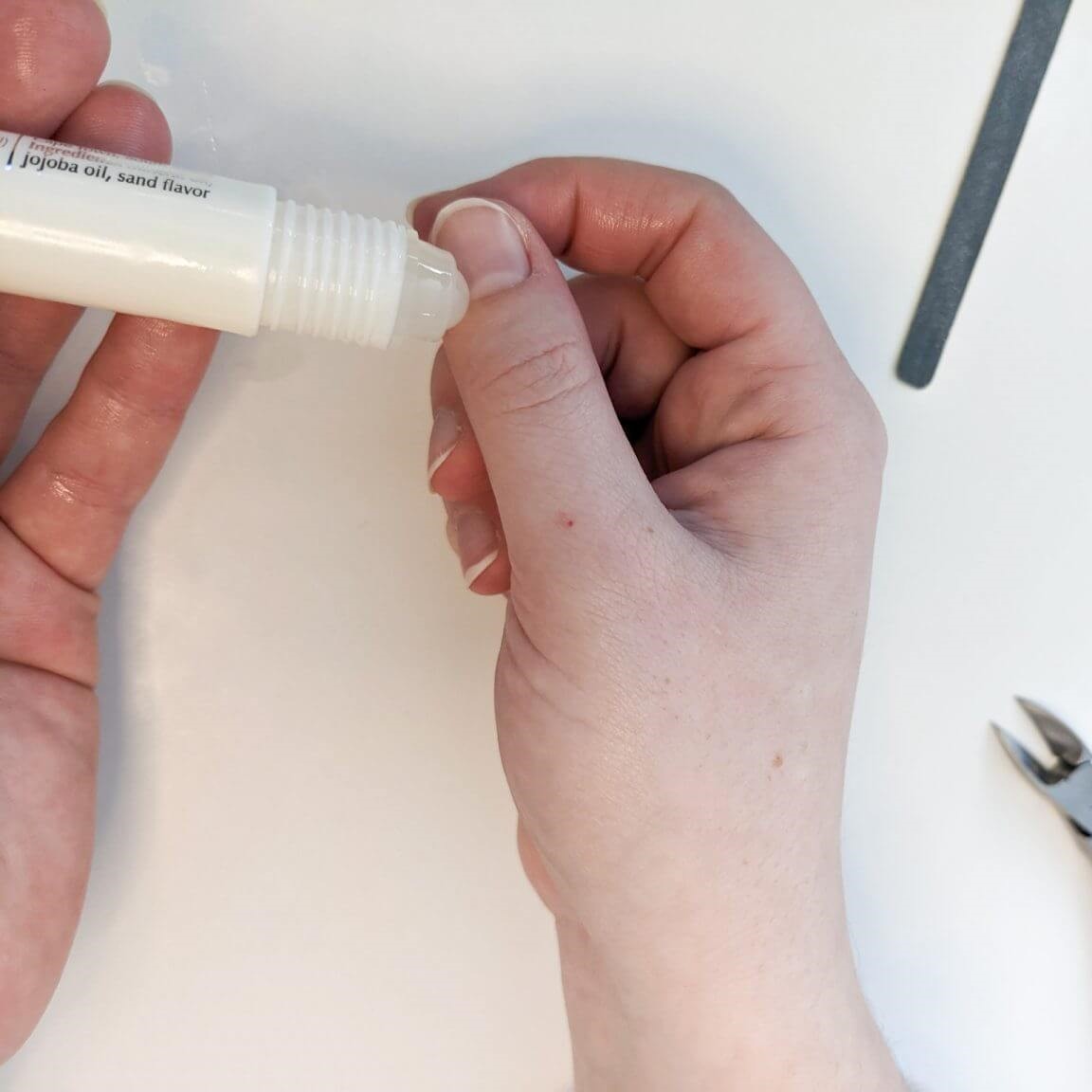 Understanding Nail Glues: What You’re Dealing With
Understanding Nail Glues: What You’re Dealing With
Before diving into removal techniques, it’s important to understand what nail glue is and how it interacts with your nails. Nail glue is a strong adhesive typically used for attaching artificial nails, acrylics, or for repairs. Its primary ingredient is cyanoacrylate, which rapidly bonds surfaces together. While effective for its intended purpose, this strong bonding means that removing nail glue requires careful handling to avoid damaging your natural nails.
The Composition of Nail Glues
Nail glue is composed mainly of cyanoacrylate ester, which polymerizes rapidly in the presence of moisture, creating a strong bond. This quick-setting property makes it ideal for nail applications but also poses challenges when it comes time to remove it. Additionally, some nail glues contain other chemicals to enhance their adhesive properties, which can affect how they should be removed.
Why You Need to Remove Nail Glues
There are several reasons why you might need to remove nail glue:
- Accidental Spills: Glue can sometimes get on the skin or surrounding areas, causing irritation.
- Changing Styles: To switch from one manicure style to another, such as moving from acrylics to gel nails.
- Repairs: Fixing a broken nail might require removing the existing glue to apply a new layer correctly.
Understanding these reasons helps in choosing the most appropriate removal method.
Preparing for Nail Glues Removal
Proper preparation ensures a smoother and safer removal process. Here’s how to get ready:
Gather Your Supplies
Before you start, make sure you have the necessary tools and materials:
- Acetone-based nail polish remover
- Cotton balls or pads
- Aluminum foil
- A nail file or buffer
- A cuticle pusher or orangewood stick
- Moisturizer or cuticle oil
- Protective gloves (optional)
Protect Your Skin and Nails
To prevent damage, protect the surrounding skin and nails:
- Apply Petroleum Jelly: Apply a thin layer around your nails to shield your skin from the acetone.
- Trim and File: Gently trim and file your nails to remove any excess glue and make the removal process easier.
Ensuring a Safe Environment
Work in a well-ventilated area to avoid inhaling strong fumes from acetone. Additionally, have all your supplies within reach to streamline the process and minimize exposure to harsh chemicals.
 Step-by-Step Methods: How to Get Nail Glues Off
Step-by-Step Methods: How to Get Nail Glues Off
There are several effective methods to remove nail glue. Below, we explore the most reliable ones, ensuring safety and effectiveness.
Method 1: Using Acetone
Acetone is one of the most common and effective ways how to get nail glue off. Here’s how to use it:
- Soak a Cotton Ball: Dip a cotton ball in acetone-based nail polish remover.
- Apply and Wrap: Place the soaked cotton ball onto your nail and wrap it with a small piece of aluminum foil to keep it in place.
- Wait Patiently: Let it sit for about 10-15 minutes. The acetone will dissolve the glue, making it easier to remove.
- Remove and Clean: Unwrap the foil and gently push off the softened glue with a cuticle pusher or orangewood stick.
- Moisturize: Apply moisturizer or cuticle oil to nourish your nails and skin after the process.
Method 2: Warm Soapy Water and Gentle Scrubbing
For those who prefer a less harsh method, warm soapy water can help loosen the glue.
- Soak Your Nails: Fill a bowl with warm, soapy water and soak your nails for 10-15 minutes.
- Gently Scrub: Use a soft toothbrush or nail brush to gently scrub the glue off.
- Repeat if Necessary: If the glue isn’t fully removed, repeat the soaking and scrubbing process until it comes off.
- Dry and Moisturize: Pat your nails dry and apply moisturizer to keep your nails hydrated.
Method 3: Using a Nail File or Buffer
A nail file or buffer can help remove stubborn glue without the need for chemicals.
- File the Glue: Gently file the surface of the glue using a fine-grit nail file. Be careful not to file too aggressively to avoid damaging your natural nails.
- Buff to Shine: Use a buffer to smooth out any remaining glue residue.
- Clean Up: Wipe your nails with a soft cloth to remove any debris and apply moisturizer.
Method 4: Petroleum Jelly
Petroleum jelly can soften the glue, making it easier to remove.
- Apply Petroleum Jelly: Smear a generous amount of petroleum jelly over the glued area.
- Let It Sit: Allow it to sit for about 10 minutes to soften the glue.
- Wipe Away: Use a soft cloth or cotton ball to wipe away the glue.
- Moisturize: Finish by applying moisturizer to replenish any lost moisture.
Method 5: Lemon Juice
For a natural alternative, lemon juice can help break down the glue.
- Soak a Cotton Ball: Saturate a cotton ball with fresh lemon juice.
- Apply and Wait: Place the cotton ball on your nail and let it sit for 10-15 minutes.
- Scrub Gently: Use a soft brush to gently scrub off the softened glue.
- Rinse and Moisturize: Rinse your nails with warm water and apply a moisturizer.
Preventing Nail Glues Damage
While knowing how to get nail glue off is crucial, preventing damage during removal is equally important. Here are some tips to ensure your nails stay healthy:
Avoid Excessive Use of Acetone
Frequent use of acetone can dry out and weaken your nails. Limit its use and always follow up with a good moisturizer or cuticle oil.
Don’t Force the Glue Off
Forcing the glue off can lead to nail breakage or peeling. Always use gentle methods and allow the glue to soften before attempting removal.
Maintain Proper Nail Care
Regularly trim and file your nails to prevent the build-up of glue and reduce the risk of damage during removal.
Use Quality Nail Glue
Opt for high-quality, less toxic nail glues that are easier to remove and less likely to cause damage to your natural nails.
Specialized Products for Nail Glues Removal
In addition to household methods, there are specialized products designed specifically for nail glue removal. These products can offer a more efficient and less damaging removal process.
Nail Glues Remover Solutions
Specialized nail glue removers are formulated to break down the adhesive properties of nail glue without harming your nails. They often contain safer ingredients and are less harsh than pure acetone.
Adhesive Remover Pads
These pre-soaked pads make the removal process quick and convenient. Simply place a pad on your nail, wait for a few minutes, and gently wipe away the glues.
Electric Nail Drills
For professional use, electric nail drills can safely remove nail glue without excessive filing or scraping. This method is best performed by a trained nail technician to avoid injury.
 When to Seek Professional Help
When to Seek Professional Help
Sometimes, removing nail glue on your own might not be effective or could lead to damage. In such cases, seeking professional help is advisable.
Severe Glue Build-Up
If you have a significant amount of glue that won’t come off with standard methods, a professional manicure can safely remove the excess without harming your nails.
Nail Damage
If your nails are already damaged or brittle, professional removal can prevent further harm and help restore their health.
Persistent Irritation
If you experience persistent irritation or allergic reactions from nail glue, consulting a dermatologist or a professional nail technician is recommended.
Tips for Maintaining Healthy Nails After Glue Removal
After successfully removing nail glue, it’s essential to care for your nails to restore their health and strength.
Moisturize Regularly
Apply a good quality moisturizer or cuticle oil daily to keep your nails and surrounding skin hydrated and healthy.
Strengthen Your Nails
Use nail strengtheners or treatments to reinforce your natural nails, especially if they have been weakened by frequent glue applications.
Limit Glue Use
Give your nails regular breaks from nail glue and other adhesives to allow them to breathe and recover.
Practice Good Nail Hygiene
Keep your nails clean and well-trimmed to prevent infections and promote overall nail health.
Common Mistakes to Avoid
When trying to learn how to get nail glue off, it’s easy to make mistakes that can lead to nail damage. Here are some common pitfalls to avoid:
Using Excessive Force
Scraping or pulling the glue off forcefully can strip away the natural layers of your nails, leading to brittleness and breakage.
Ignoring Safety Precautions
Not protecting your skin or nails during the removal process can result in irritation, dryness, and damage.
Rushing the Process
Taking shortcuts or rushing can hinder effective glue removal and increase the risk of harming your nails.
Overusing Harsh Chemicals
Frequent use of harsh chemicals like pure acetone can severely dry out and weaken your nails, making them more susceptible to damage.
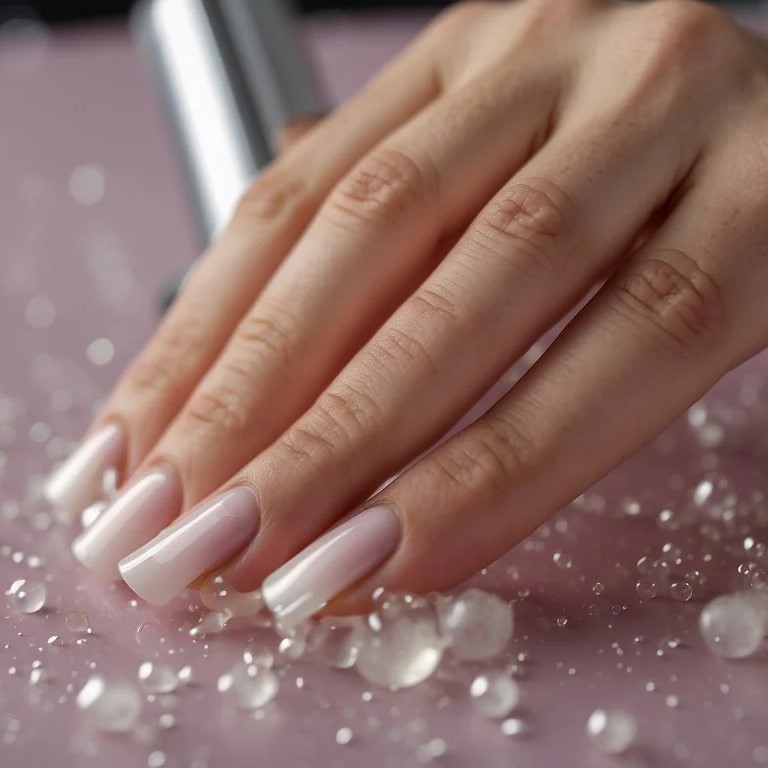 Alternative Uses for Nail Glue
Alternative Uses for Nail Glue
While primarily used for nails, nail glue has several other practical applications. Knowing these can help you make the most of this versatile adhesive.
Quick Repairs
Use nail glue for small household repairs, such as fixing broken jewelry, glasses, or other delicate items.
Craft Projects
Nail glue is excellent for various craft projects, providing a strong and quick bond for materials like beads, paint, and fabrics.
DIY Beauty Enhancements
In addition to nails, nail glue can be used for attaching false lashes or securing hair accessories.
Environmental Considerations
Understanding the environmental impact of nail glue and its removal process is important for making eco-friendly choices.
Proper Disposal
Dispose of acetone and other chemical removers responsibly. Do not pour them down the drain; instead, follow your local regulations for hazardous waste disposal.
Choosing Eco-Friendly Products
Opt for nail glues and removers that are environmentally friendly, free from harsh chemicals, and packaged sustainably.
Reducing Waste
Reuse and recycle materials whenever possible to minimize the environmental footprint of your nail care routine.
DIY Natural Remedies for Nail Glue Removal
If you prefer natural solutions, several DIY remedies can help you remove nail glue without harsh chemicals.
Olive Oil and Lemon Juice
Mix equal parts olive oil and lemon juice, apply to your nails, and gently rub to dissolve the glue.
Vinegar Soak
Soak your nails in a mixture of equal parts vinegar and warm water for 15-20 minutes, then gently remove the softened glue.
Baking Soda Paste
Create a paste with baking soda and water, apply to the glue, and gently scrub with a soft brush to break down the adhesive.
How to Prevent Nail Glue Accidents
Prevention is always better than cure. Here are strategies to minimize the chances of needing to remove nail glue frequently.
Apply Carefully
When using nail glue, apply it carefully to avoid spills and excess that can lead to unwanted glue buildup.
Use the Right Amount
Less is more when it comes to nail glue. Apply a small amount to achieve the desired hold without overusing the adhesive.
Clean Up Immediately
If you accidentally get glue on your skin or surrounding areas, clean it immediately with acetone or a natural remover to prevent hardening.
Store Properly
Keep nail glue in a cool, dry place with the lid tightly closed to maintain its effectiveness and prevent accidental spills.
The Importance of Patience in Nail Glue Removal
Patience plays a crucial role in effectively how to get nail glue off without causing damage. Rushing the process can lead to mistakes and harm your natural nails. Taking your time ensures that the glue dissolves properly and is removed gently, preserving the health and strength of your nails.
Take Your Time
Allocate enough time for the removal process, ensuring you don’t feel pressured to finish quickly. This reduces the risk of mistakes and allows for a more thorough and safe removal.
Follow Each Step Carefully
Adhere to each step of your chosen removal method diligently. Skipping steps or not following instructions can result in incomplete glue removal or damage to your nails.
Be Consistent with Nail Care
Consistent nail care, including regular moisturization and maintenance, supports the removal process and promotes healthier nails overall.
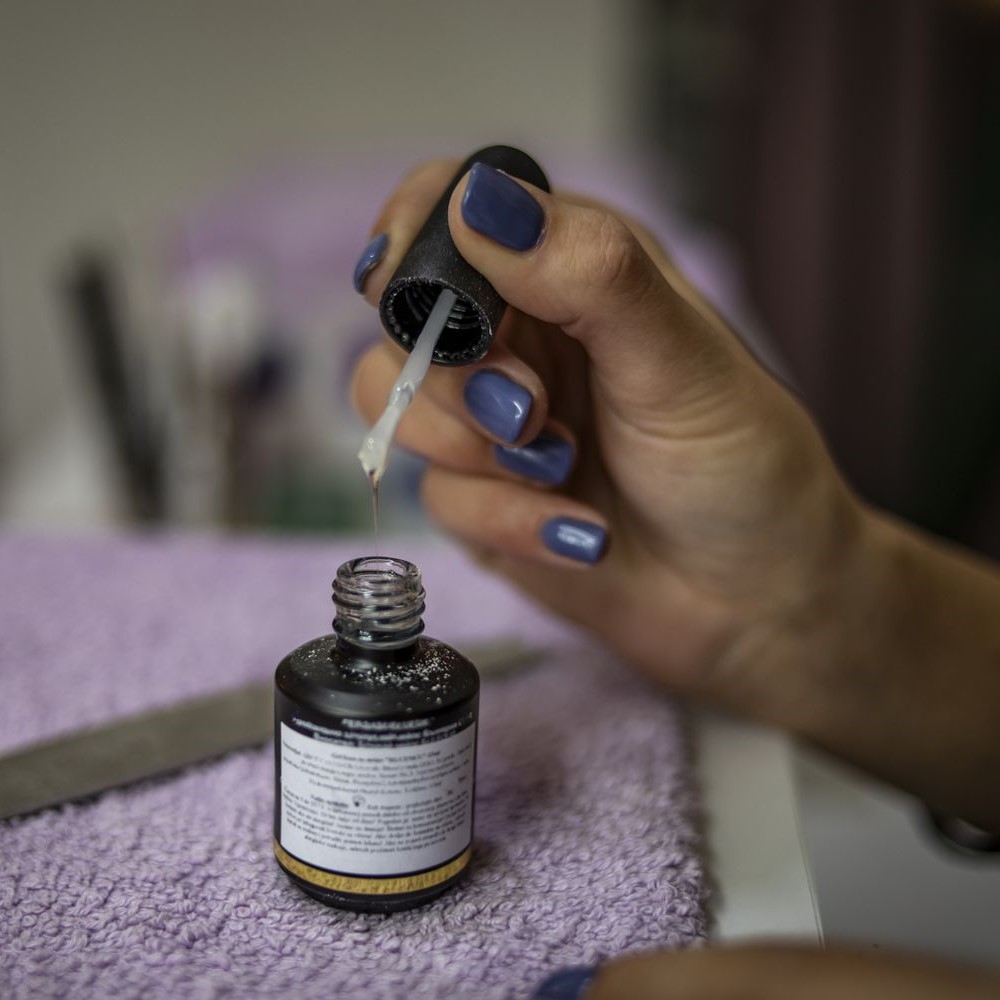 Final Thoughts
Final Thoughts
Learning how to get nail glue off is an essential skill for anyone who uses nail adhesives regularly. By understanding the different removal methods, preparing properly, and following best practices, you can safely and effectively remove nail glue without compromising the health of your natural nails. Whether you choose household remedies or specialized products, the key is to proceed with care and patience. Remember to prioritize nail health through regular maintenance and by avoiding frequent use of harsh adhesives. With the right knowledge and techniques, you can manage nail glue removal confidently and maintain beautiful, healthy nails.
